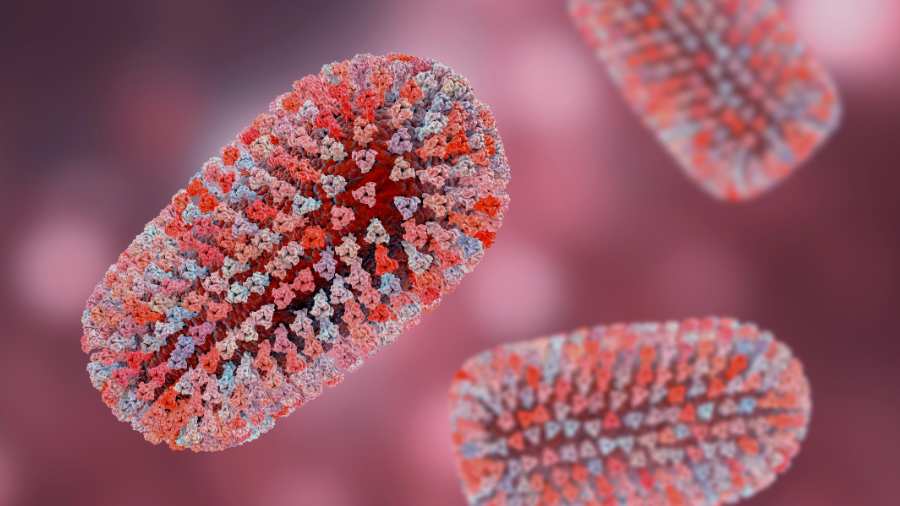
Mpox (formerly named monkeypox) is a viral infection which can spread through touching, kissing and other intimate activities. First identified in humans in 1970, mpox appeared in Canada in May 2022 and has entered the news again due to a new circulating strain.
Often characterized by a bumpy rash or fluid-filled sores, symptoms can also include fever, chills, headache, muscle aches, back pain and swollen lymph nodes. In order to stay safe from infection, Dr. Susy Hota, Division Head of Infectious Diseases at University Health Network, provides three key facts to keep in mind about mpox.
Three things to know:
1. Practice good hygiene – wash your hands and wipe down surfaces frequently. Mpox is primarily spread through contact with the rash or bodily fluids of the infected person. Transmission of the virus is also possible through indirect contact, such as using shared clothing, towels and toothbrushes, as well as occasionally through respiratory secretions or particles.
2. There is a vaccine available for those at higher risk of infection. Limited quantities of the mpox vaccine are available through Toronto Public Health for those who are at a higher risk for contracting the virus. Vaccine eligibility is determined according to gender/sexual identity, as well as medical and behavioral factors. In special circumstances, the vaccine can be administered following a suspected high risk exposure with the approval of Toronto Public Health. At this time, the vaccination is not recommended for the general public.
3. Seek out help if you show symptoms. If you begin to show signs of an mpox infection, contact your doctor immediately to arrange for testing and to determine if treatment is needed. People can take between three to 21 days to develop symptoms after being exposed.
If you show signs or have been diagnosed with mpox, remain at home and limit your contact with people, especially those who are severely immunocompromised, young children and pregnant people (until otherwise directed by your local public health authority). The isolation period for mpox ends when the lesions have crusted over and fallen off with fresh skin underneath – usually between 2-4 weeks, however, this could vary for some people.
Want to know more?
For more information on the mpox vaccine and other safety measures within the City of Toronto, contact Toronto Public Health.
University Health Network researchers are working hard to better understand the mpox virus. When you support UHN Foundation, you help us to protect vulnerable groups and develop effective treatments in preparation for the next pandemic. Consider donating today.

No one ever changed the world on their own but when the bright minds at UHN work together with donors we can redefine the world of health care together.


